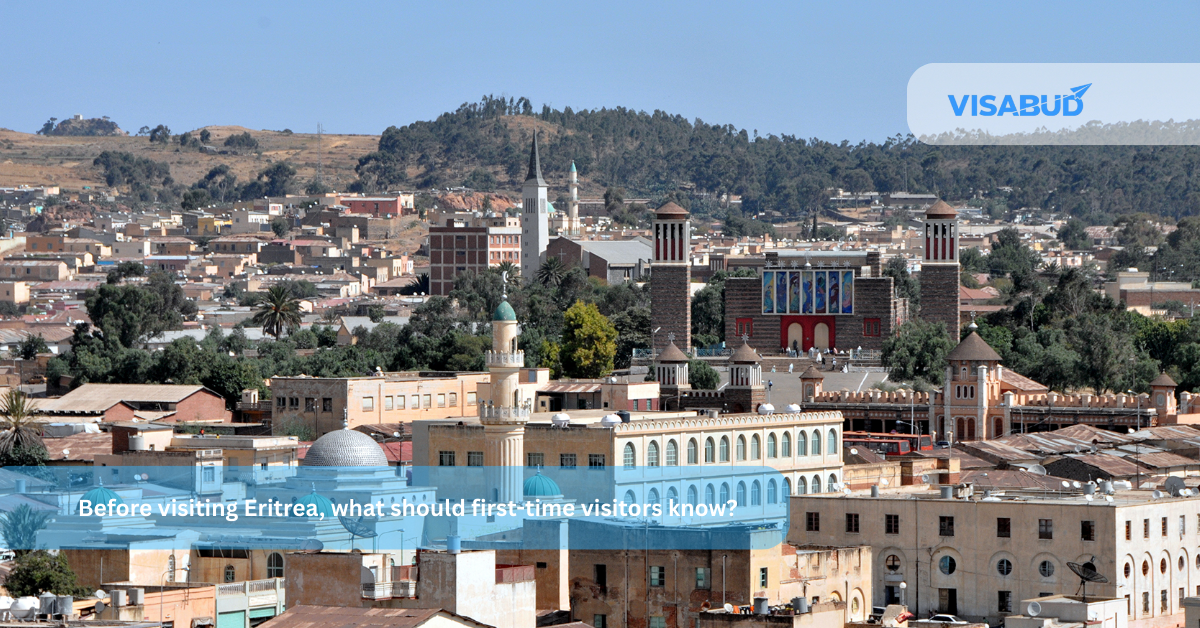East Timor Travel Guide: All you need to know to visit East Timor in 2025
Welcome to East Timor
The Timor Sea bounds East Timor to the Southeast, the Wetar straight to the North, the Ombei to the Northwestern, and Western Timor, to the Southwest.
Geography
East Timor covers a total area of about 14,874 square kilometers (5,743sq.mi). It is the only Asian nation to lie entirely within the southern hemisphere. East Timor ( Timor Leste) is, therefore, one of the smallest countries in Asia and ranked 160th worldwide. Its geography is dominated by a dry tropical climate and moderate rainfall, with hilly areas covered with sandalwood, scrub, and grass with lowlands. The eastern part of Timor island is rugged mountains rising to 2,963 meters. The highest point is Mount Tatamailau at 2,963 meters. Similarly, the region is also characterized by several rivers and lakes flowing within the region, such as the river Lois the longest, Laklo, and Karau.
Climate
East Timor has a tropical climate (hot and semi-arid) and rainy and dry seasons. Timor Lestes’ tropical climate is heavily influenced by west Pacific monsoons and its mountainous climate. Its wet season is between December and May, and the dry season is between June and November. During this period, the region’s southern parts experience a longer wet season of seven to nine months. Averagely, precipitation usually varies throughout the year ranging between approximately 12 to 18 millimeters during the driest months of August and September. The country is also prone to climate-related hazards such as floods, drought, cyclones, and earthquakes for a very long time. Although they are natural calamities, their magnitude in changing climate and causing severe economic development challenges in the country is very high.
Population
East Timor is also usually associated with a smaller population, estimated by the United Nations data currently at 1,318,445. It also consists of a diverse population with various ethnic groups and languages being represented. The country’s largest population group is the Malayo of Polynesian origin, closely followed by Tentum ( Prasa and Tentum Terik) followed by Mambi, Tokodede, Galoli, Kemak, and finally, Baikeno. The population of East Timor is also relatively younger, with a median age of 20.8 years. Centrally to this, the country also has a relatively high infant and mortality rate, with the birth rate at at28.66 per 1,000 people and 5.84 deaths per 1000 people that are 22 people dying per day, making it to be ranked 157th position in the world. Life expectancy is also relatively low, with fewer people living beyond 64years and above.
Languages
East Timor recognizes two official languages that are Portuguese and Tentum; there are also Austronesian and Papuan languages. Besides being a multi-ethnic state with diverse populations and cultures, the country has other indigenous languages, such as Bekais, Bunak, Galoli, Habun, Idalaka, Kwaimina, Kemak, Lovaia, Makalero, Makasae, Mambai, Tokodede, and WaterSense.
Religion
Christians constitute the majority of East Timor’s population. The Roman Catholic church is the dominant religious institution with 91% of the population, although this is not a formal state region. There are also small protestant and Sunni Muslim communities. Moreover, other smaller percentages are affiliated with Hindu, Buddhist, and protestant faiths and local religious traditions.
Government
East Timor works within a unitary semi-presidential representative democratic republic with the prime minister as the leader of the government and the president as the head of state. The country also relies on its constitution, adopted on 20th May 2002, and is its first constitution since it gained independence from Portuguese in 1975 and from Indonesia, which invaded the country from December 1975 up to 1999.
The president is usually elected after every five years by the people. The president appoints cabinet ministers and other high-ranking officials, subject to approval by the National Assembly. The National Assembly in East Timor is unicameral (Tentum, Nasional, Portuguese, parliament nacional) and was created in 2001. The country is also a multiparty state. The judiciary is also independent of the government’s executive and legislative arms, with the supreme court of Justice being the highest.
Economy
East Timor’s economy heavily relies on Agriculture as the agricultural sector employs about 80% of the country’s active population. The country also relies on extracting oil reserves from the East Timor Sea, which accounts for a massive country’s gross domestic product. It also has other vital minerals such as gold, copper, manganese, silver, and chromite. However, it’s striding to secure lasting peace and stability with little success has hindered the country’s economic development from succeeding.
Culture
The country’s culture is a melting pot of numerous influences such as that of the Portuguese, Roman Catholic, Indonesian and indigenous Austronesian, and Melanesian cultures. There is also a strong tradition of poetry in the country. They are also known for their interest in martial arts, weightlifting, and badminton.
Recent History
The Indonesian invasion of East Timor (Operasi Saroja) began on 7th December 1975 when the Indonesian military invaded East Timor under the pretext of anti-colonialism and anti-communism to overthrow the Fretilin regime that emerged in 1974. To a greater extent, this left the country politically unstable and up to date with a series of perennial conflicts and invasions.
Related Articles

5 min read
Which Places in Norway Are the Best Winter Destinations?
Norway, with its breathtaking landscapes, snow-covered mountains, and serene fjords, becomes a winter wonderland from November to March. For travelers seeking adventure, cozy retreats, or a chance to witness the
Read More
5 min read
Before visiting Eritrea, what should first-time visitors know?
Eritrea is a quiet, culturally rich country in East Africa that rewards patient and respectful travelers. First-time visitors should know about visa rules, travel permits, local customs, limited internet access,
Read More
5 min read
What Should First-Time Travelers Know Before Visiting South Korea?
South Korea is a fascinating country where modern technology meets centuries of tradition. For first-time travelers, the country can be both exciting and overwhelming. From the bustling streets of Seoul
Read MoreBefore entering the territory of East Timor, individuals of Indian nationality need a visa. Visas are available from the East Timor embassy or consulate located in India.
Choose the East Timor visa category you need.
Pay online.
Please send us your documents using our pick-up and drop-off services.
Upon approval, receive your visa.
Indians should submit their request two months before the traveling date.
It is offered to the country’s tourists.
